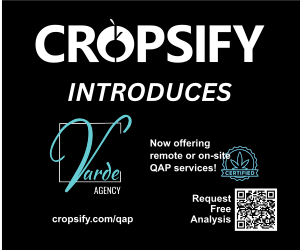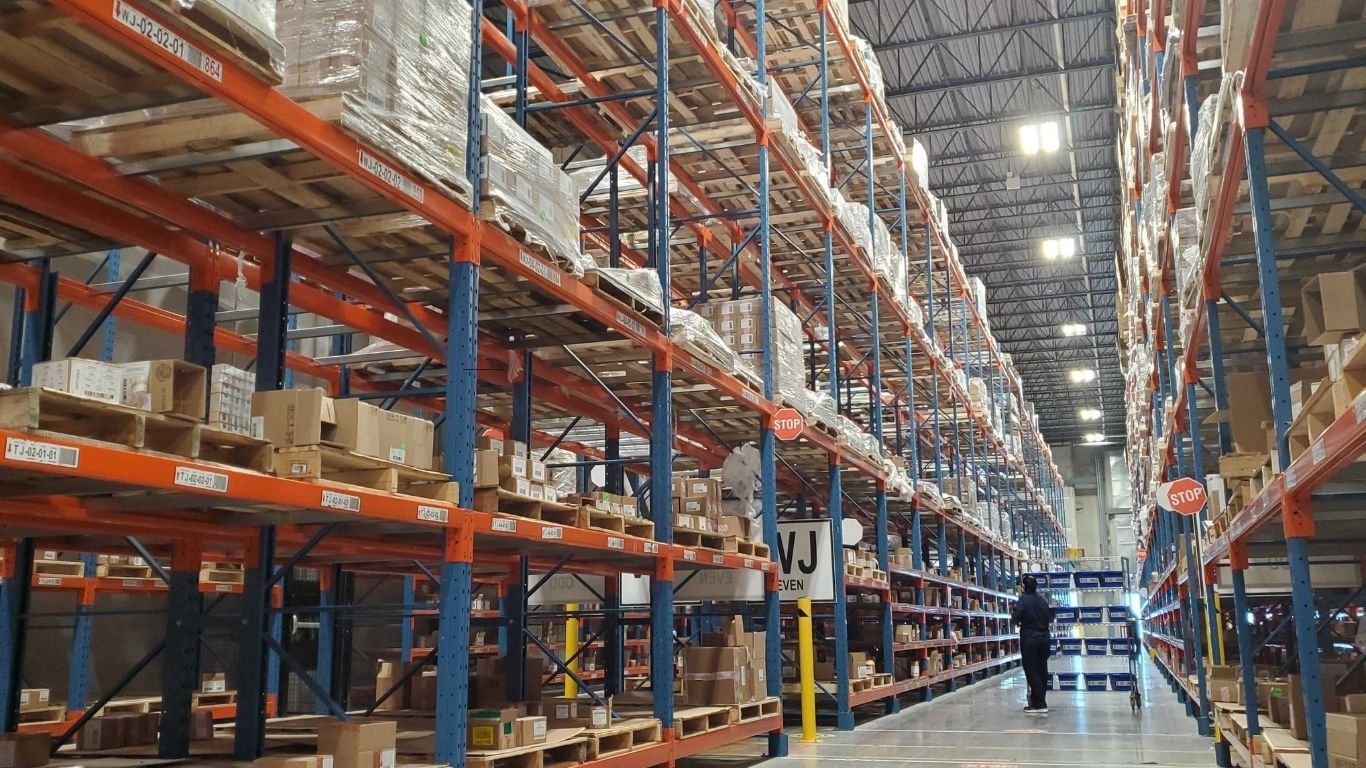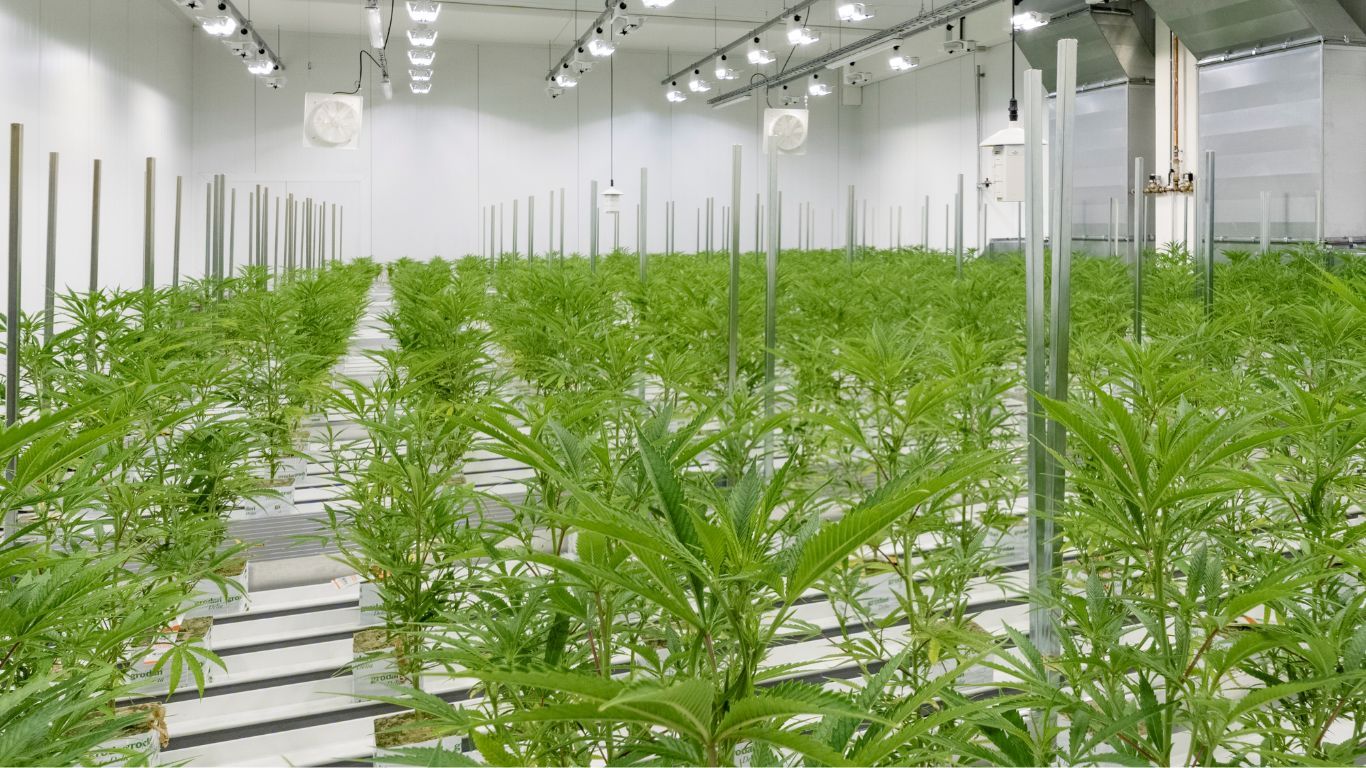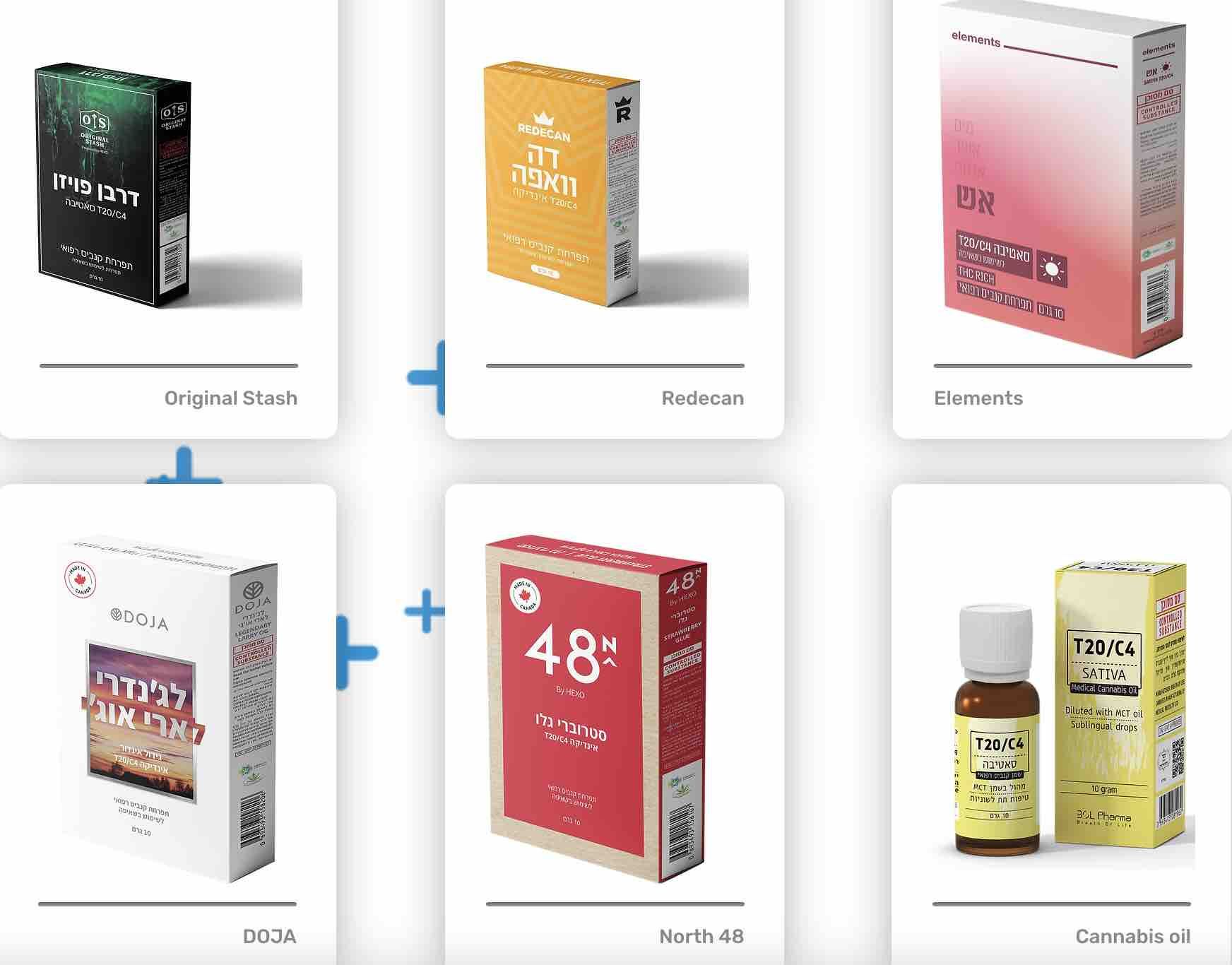
In Canada, each province and territory has a unique cannabis distribution model. Though by no means perfect, many retailers and LPs rank Saskatchewan and Manitoba among the best.
“In Saskatchewan, an LP can sell directly to a retail store,” says Ian Chadsey, VP Corporate Affairs at Delta 9 Cannabis, an LP with retail operations in the two provinces. “Manitoba also doesn’t take possession of the cannabis—there is no warehouse —but the government will take orders through its portal and add excise fees. We then deliver directly.”
In both examples, retailers have a lot of leeway in terms of ordering what they want.
Saskatchewan, for example, allows for direct relationships with LPs. Retailers can have net terms for all orders, which is reflective of a true B2B model, and has a positive impact on cash flow. There is a wholesaling option that allows for next-day delivery and quick adjustments, with credit for defective products. Emergency orders are also possible.
“This can all be done in a timely manner, direct with producers,” says Kerri Michell, president of Farmer Jane Cannabis, which has 14 retail stores in Saskatchewan and Manitoba. “In Saskatchewan, there’s a large product selection and variety, with LPs typically giving price reductions on aged inventory, especially products that can’t be sent to the larger government wholesalers. The province is almost at the point where a retailer could use a single wholesaler for 90-95% of product if they wished.”
By comparison, Manitoba offers simplified purchasing using the MBLL portal. This is a one-stop shop for all cannabis, which ensures accuracy for orders.
“In Manitoba, a retailer can set weekly payments and credits,” says Michell. “The province can also have a larger database of SKUs than in other provinces because the products aren’t physically held in a Manitoba warehouse.”
The good and the bad
In Saskatchewan, independent distributors help LPs to get their product to market. Some of these are owned by or have special relationships with large LPs or retail chains and have been criticized for not having smaller retailers’ interests at heart.
“These distribution companies make money on the backs of the struggling retailers for their own benefit, unlike the cooperative model,” says RJ Fafard, Director of Retail Operations at the Pot Shack, which has four retail locations in Saskatchewan. “From my perspective, the Weed Pool cooperative is the best option. It offers a two-day order turnaround, free delivery, and a low percentage markup on products, given that they’re only covering costs. There’s a large craft selection, and immediate invoicing.”
However, distributors in Saskatchewan, no matter their business model, will sometimes demand exclusivity, which can limit opportunity.
“The Weed Pool is a very good partner for us, but we can only sell to the stores they sell to in Saskatchewan,” says Alex Kratz, CEO of Western Cannabis, a family-run LP in Saskatchewan. “However, it’s normal and understandable for a distributor to want some exclusivity. In return, we get excellent support.”
Many LPs will have an exclusive contract with one distributor, and that’s it, which can place limits on market access. If multiple distributors are used, there’s a risk that an LP won’t receive favoured treatment. By comparison, in Manitoba every store has an equal chance to purchase any product they want.
“I’m a fan of how Manitoba does it,” says Kratz. “It is very open, with one distribution model that allows for all stores to have an equal chance to buy our product. We can then support the market in various ways, including popups and swag for independent stores. Every independent store in Manitoba has bought our product—whereas I can’t say the same for Saskatchewan.”
That said, dealing with a distributor in Saskatchewan has its advantages.
“The Weed Pool ordering system is one of the best,” says Kratz. “It’s so smooth—that’s definitely one of the perks. Order, buy, ship—it’s fast and simple.”
Manitoba also has its challenges, particularly on the retail side.
“We pay upfront for products that may not hit our stores for four to six weeks,” says Michell from Farmer Jane. “We’ve seen improvement overall, but there’s little recourse for slow delivery timelines from LPs. There have been several instances of extreme delivery delays.”
Many LPS also don’t like to have to ship to every store, regardless of volumes, which can reduce the interest in Manitoba as a market.
“This can result in worse service and higher prices, with LPs preferring to do business in other provinces,” says Michell. “Although a store in Manitoba can order weekly, many producers still ship bi-weekly. This means multiple orders from the same PO can arrive at once, causing confusion with packing slips. Also, listed products sometimes aren’t in supply with producers, and when this happens, there’s no ability to sub a different product.”
Scaling what works
Given the diverse views of market participants, there are differing ideas on what would improve the distribution systems in the two provinces—if anything. For some, minimal government involvement, as in Saskatchewan, is by far the best possible route.
“The Saskatchewan cannabis market works the best for us, as we can sell directly to the retail store,” says Chadsey from Delta 9 Cannabis. “It’s similar to the cigarette industry that supplies products directly to the retail outlet. There’s no need for the provincial government to be the middle person in the supply chain.”
However, Saskatchewan is a relatively small market—its population is only 1.2 million—which may make a hands-off approach more viable. Applying this laissez-faire model to larger markets could create complications.
“The Saskatchewan model imposes additional shipping costs on LPs, so the impact would be amplified in a larger market,” says Michell. “However, there are lucrative offsets that may balance out those expenses.”
It’s also uncertain how private distributors would scale their operations. Could exclusivity be enforced in multiple jurisdictions, and would that be problematic? As it stands, within the present model in Saskatchewan, Kratz says that Western Cannabis’s stance has been to sell to the Weed Pool, and to explore other markets.
“As a local LP, it would be nice to be in every city in Saskatchewan that has a cannabis store, but that’s impossible with the current model,” he says. “Thankfully, both Saskatchewan and Manitoba made it so that we could survive through our first couple of years as an LP. They’ve supported us from the beginning.”













